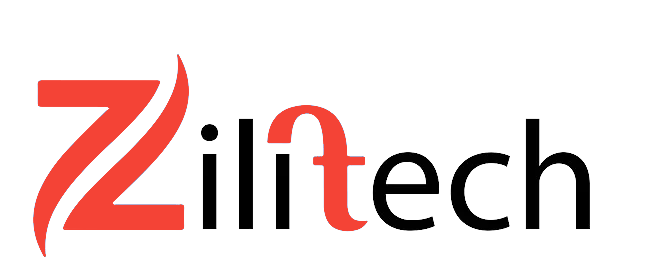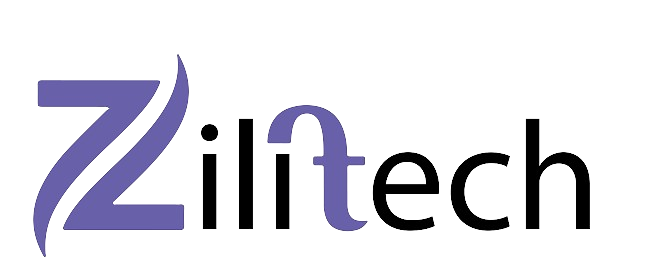Social Media Optimization (SMO) is a digital marketing strategy aimed at maximizing a brand’s presence and visibility on social media platforms. Here’s a comprehensive overview:
- Profile Optimization: Creating and optimizing social media profiles across various platforms such as Facebook, Twitter, Instagram, LinkedIn, Pinterest, and others. This involves using consistent branding elements, compelling descriptions, and high-quality images or graphics.
- Content Strategy: Developing a content strategy tailored to each social media platform’s audience and characteristics. Content may include text posts, images, videos, infographics, polls, quizzes, and more. The goal is to create engaging, shareable, and relevant content that resonates with the target audience.
- Engagement and Interaction: Actively engaging with the audience by responding to comments, messages, and mentions promptly. Encouraging conversations, asking questions, and soliciting user-generated content can foster a sense of community and loyalty among followers.
- Hashtag Strategy: Utilizing hashtags strategically to increase the discoverability of social media posts and join relevant conversations. Researching trending hashtags, creating branded hashtags, and using industry-specific or location-based hashtags can expand reach and engagement.
- Social Media Advertising: Running paid advertising campaigns on social media platforms to reach specific target audiences, increase brand awareness, drive website traffic, and generate leads or sales. Social media ads can be highly targeted based on demographics, interests, behaviors, and more.
- Influencer Marketing: Collaborating with influencers and industry thought leaders to promote products, services, or content to their engaged audiences. Influencer partnerships can amplify brand reach, credibility, and engagement, especially among niche communities.
- Community Building: Building and nurturing a community of followers and advocates around the brand. This involves fostering genuine connections, encouraging user-generated content, organizing contests or giveaways, and recognizing and rewarding loyal fans.
- Analytics and Insights: Monitoring and analyzing social media metrics to evaluate the performance of content and campaigns. Key metrics may include reach, engagement, click-through rate, conversion rate, sentiment analysis, and follower growth. Using insights to refine strategies and optimize future efforts.
- Cross-Promotion and Integration: Integrating social media efforts with other digital marketing channels and initiatives. Cross-promoting content, sharing social media links on website and email communications, and integrating social sharing buttons can maximize exposure and engagement.
- Adaptation and Experimentation: Staying informed about emerging social media trends, features, and algorithms, and experimenting with new strategies and formats. Social media is constantly evolving, so marketers need to be agile and willing to adapt their approach to stay relevant and effective.
SMO is a dynamic and multifaceted discipline that requires creativity, strategic thinking, and continuous optimization to effectively leverage the power of social media platforms for brand growth and engagement.


